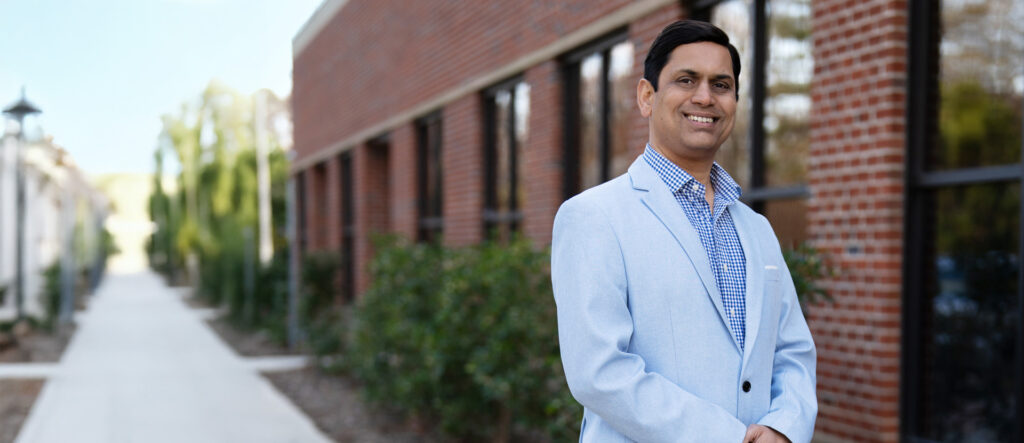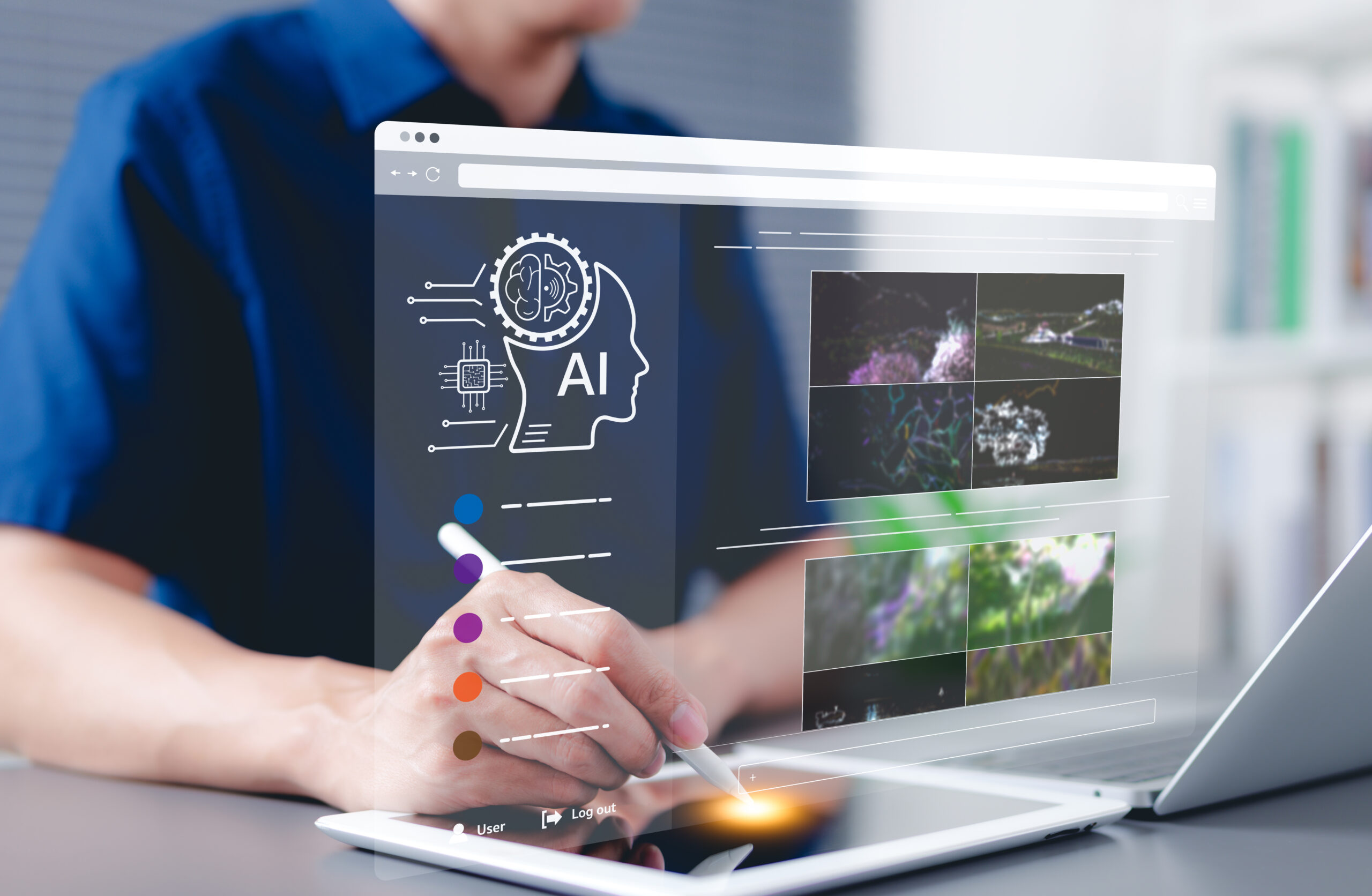How are digital tools like AI and automation transforming the hiring process for architectural and engineering firms? What role do digital tools play in reducing hiring biases and improving candidate selection in technical fields? How can firms leverage digital tools to attract and retain top-tier engineering and architectural talent in a competitive job market?
The rapid advancement of digital tools like AI and automation is revolutionizing the hiring landscape for architectural and engineering firms. These technologies enable companies to source and evaluate talent efficiently by automating resume screening, leveraging predictive analytics, and utilizing AI-driven candidate engagement tools. The result is a more streamlined recruitment process that reduces hiring biases and expands talent pools beyond geographical boundaries.
Beyond hiring, digital tools are also reshaping workforce management, with cloud-based collaboration platforms, VR-based skill assessments, and blockchain credentialing ensuring a seamless transition from recruitment to onboarding. As these industries continue to evolve, firms that strategically integrate these technologies while maintaining a human-centered approach will gain a significant competitive edge in attracting and retaining top talent.
The digital revolution has fundamentally reshaped hiring practices for architectural and engineering firms. As projects become increasingly complex (and technical requirements more specialized), these organizations are leveraging artificial intelligence, automation, and advanced digital tools to identify, evaluate, and secure new talent in a rapidly evolving marketplace. In this article, we’ll explore how this technological revolution is not merely a trend but a fundamental shift in how talent is identified, assessed, and integrated into these technically demanding fields.
Table of Contents:
The Evolution of Hiring in Architectural and Engineering Firms
The Role of AI in Talent Acquisition and Recruitment
Automation Streamlining the Hiring Process
Advanced Digital Tools Transforming Workforce Management
The Growing Demand for Tech-Savvy Professionals
Challenges and Considerations in Adopting AI and Automation in Hiring
Future Trends in Hiring for Architectural and Engineering Firms
The Evolution of Hiring in Architectural and Engineering Firms
The convergence of AI, automation, and digital technologies is reshaping how companies build their teams across industries. A survey by Resume Builder indicates that over half of firms currently use artificial intelligence (AI) in their hiring processes. These technological advancements are particularly impactful in the architectural, engineering, and manufacturing sectors, where the demand for specialized technical skills intersects with creative problem-solving abilities.
Traditionally, architectural and engineering firms faced distinct challenges in their hiring processes. The highly specialized nature of these fields meant that finding candidates with the right combination of technical expertise, creative thinking, and practical experience was often difficult. Firms relied heavily on professional networks, industry referrals, and academic institutions to source talent. The evaluation process typically involved manual portfolio reviews, technical interviews, and sometimes practical design tests—all of which required significant time investments from senior staff who were already managing demanding project workloads.
The technological evolution of these industries has dramatically altered the skill sets in demand. Today’s architectural and engineering firms seek professionals proficient in Building Information Modeling (BIM), computational design, digital fabrication, and automation-driven processes. The increasing integration of technologies such as parametric modeling, generative design, and digital twins has created a need for hybrid professionals who understand both traditional engineering principles and advanced digital tools. Manufacturing engineering positions now routinely require expertise in robotics, industrial automation, and smart manufacturing processes that were relatively niche specializations just a decade ago.
This shift in required competencies has coincided with a transformation in hiring practices. Firms are increasingly embracing remote recruitment strategies, allowing them to tap into global talent pools rather than limiting their search to local candidates. AI-assisted hiring platforms are enabling more efficient candidate screening and matching, while digital assessment tools provide more objective evaluations of technical capabilities. The result is a hiring landscape that extends beyond geographical boundaries and traditional assessment methods, creating both opportunities and challenges for firms seeking to build high-performing teams in this new era.

Experience Our No-Obligation Trial: Uncover How Our Proven Engineering Outsourcing Services Can Elevate
Your Business


Experience Our
No-Obligation Trial: Uncover How Our Proven Engineering Outsourcing Services Can Elevate
Your Business
The Role of AI in Talent Acquisition and Recruitment
AI-powered resume screening and candidate matching systems have revolutionized the initial stages of recruitment in architectural and engineering firms. These sophisticated algorithms analyze resumes and portfolios, identifying relevant skills, experiences, and educational backgrounds that align with specific position requirements.
Unlike traditional keyword matching, modern AI systems understand contextual cues and can recognize equivalent skills even when described using different terminology. For example, an AI system might recognize that a candidate’s experience with “parametric modeling” is relevant to a position requiring “computational design” skills, even if the exact phrase isn’t used in the job description. This is just one of the many reasons 84% of architectural and engineering firms plan to increase their investment in AI over the next five years.
Predictive analytics is also transforming how firms evaluate potential candidates’ likelihood of success. By analyzing historical data on employee performance, project outcomes, and team dynamics, AI systems can identify patterns and correlations that help predict which candidates might excel in specific roles or environments. These systems consider factors ranging from technical capabilities and project experience to subtler elements like communication styles and problem-solving approaches. Engineering firms are finding particular value in these tools when building multidisciplinary teams for complex projects where technical skills must be balanced with collaboration abilities.
Chatbots and AI-driven engagement tools also streamline candidate interactions throughout the recruitment process. Architectural and engineering candidates can receive immediate responses to inquiries about position requirements, firm specializations, or application status. These systems can conduct initial screening interviews, asking candidates about their experience with specific software, design methodologies, or technical challenges. The data gathered from these interactions provides hiring managers with valuable insights before investing time in formal interviews. This results in significant reductions in time-to-hire and improvements in candidate satisfaction after implementing these systems.
Perhaps most significantly, AI is helping address bias in recruitment decisions. Traditional hiring processes in technical fields have often been susceptible to unconscious biases that can limit diversity in the workplace. AI-driven recruitment tools can be designed to focus exclusively on skills, experiences, and demonstrable capabilities rather than factors like gender, ethnicity, or educational pedigree.
Progressive architectural and engineering firms are using these systems to create more diverse teams, recognizing that varied perspectives lead to more innovative design solutions and better project outcomes. However, this application requires careful implementation and ongoing monitoring to ensure that the AI systems themselves don’t perpetuate existing biases.
Automation Streamlining the Hiring Process
Automated job posting and application tracking systems (ATS) have transformed how architectural and engineering firms manage their recruitment pipelines. These systems seamlessly distribute job listings across multiple platforms, from industry-specific job boards to social media channels, ensuring maximum visibility to potential candidates.
Once applications begin arriving, the ATS organizes and categorizes them based on customizable parameters, creating searchable databases that hiring managers can easily navigate. For large engineering firms that might receive hundreds of applications for specialized positions, these systems are invaluable for maintaining organizational efficiency and ensuring no promising candidates are overlooked.
Automating Workflows
A significant number of architectural and engineering firms have identified administrative workload as a top challenge. Fortunately, workflow automation has significantly reduced the administrative burden associated with interview scheduling and assessments.
Integrated calendar systems automatically identify available time slots for interviewers and candidates, eliminating the time-consuming back-and-forth that traditionally characterized this process. For technical assessments, automated platforms can deliver standardized tests to evaluate candidates’ proficiency with specific software or design methodologies, providing consistent evaluation metrics. Engineering firms have found particular value in automated systems that can evaluate code quality or simulation accuracy, offering objective measures of technical capabilities that complement subjective portfolio reviews.
Robotic Process Automation
Architectural and engineering firms are increasingly applying Robotic Process Automation (RPA) to their HR operations. These systems automate routine, rule-based tasks such as background verification, reference checks, and onboarding documentation processing. By delegating these repetitive tasks to automated systems, HR professionals can focus on more strategic aspects of talent acquisition and management. The efficiency gains are substantial—firms spend less time on administrative hiring tasks, allowing more resources to be directed toward meaningful candidate evaluation and selection.
The integration of these automated systems creates a cohesive recruitment ecosystem that not only accelerates hiring timelines but also improves the candidate experience. Prospective employees benefit from faster response times, clear communication about their application status, and streamlined interview processes. For architectural and engineering positions, where in-demand specialists often receive multiple offers, this enhanced experience can be a deciding factor in a candidate’s decision to accept a position. The most successful implementations balance automation efficiencies with thoughtful human touchpoints, recognizing that while many processes can be automated, building genuine connections with candidates remains essential.
Advanced Digital Tools Transforming Workforce Management
Cloud-based tools are now vital for remote hiring in architectural and engineering firms, enabling distributed teams to collaborate on resume reviews and conduct video interviews. These platforms allow screen sharing for portfolio discussions when in-person meetings aren’t possible. During onboarding, they facilitate knowledge transfer through shared workspaces and interactive training. This digital approach particularly benefits global firms that are managing international recruitment. Certain companies like Indovance, for example, have pioneered this distributed team approach, developing specialized workflows that enable seamless collaboration between their US headquarters and offshore design center in Pune, India.
Skill assessment platforms and VR simulations provide direct insight into candidates’ technical abilities. Firms can evaluate how prospects handle specific challenges in real-time, with VR allowing architectural candidates to demonstrate spatial reasoning in virtual environments. For engineering roles, specialized platforms assess software proficiency. These evaluations identify candidates who can apply theoretical knowledge practically.
Digital credentialing via blockchain streamlines qualification verification. Traditional license and certification checks are often slow and error-prone, while blockchain creates instantly verifiable, permanent qualification records. This benefits regulatory-heavy fields like structural engineering, where certification is legally required. Progressive firms use these technologies to document specialized skills beyond traditional resumes.
These digital innovations are transforming talent management by creating more transparent evaluation systems while reducing administrative work. When integrated with AI, they form comprehensive ecosystems supporting employees from recruitment through professional development.
The Growing Demand for Tech-Savvy Professionals
AI and automation have transformed architectural and engineering roles, demanding increased expertise from potential job candidates. Technical drafters now need parametric modeling skills to generate multiple design iterations, while manufacturing engineers require robotics expertise instead of traditional production knowledge. These changes demand new ways of thinking about design and engineering problems. Professionals must understand how to strategically use digital tools to improve project outcomes.
Firms are implementing upskilling strategies to help employees adapt to digital transformation. Organizations offer internal training programs, from software courses to mentorship opportunities, pairing tech-savvy staff with colleagues learning new skills. Forward-thinking companies allocate specific time for professional development, recognizing continuous learning as essential for competitiveness. Industry organizations now provide specialized certifications validating technical competencies. Indovance exemplifies this approach by maintaining a talent pool of engineers and architects with deep domain expertise across civil, mechanical, and architectural disciplines, continuously training them on emerging technologies to deliver highly accurate knowledge-driven solutions.
Job descriptions also increasingly require AI-assisted and generative design capabilities. Modern candidates must know how to collaborate with AI systems by setting parameters and evaluating computer-generated solutions. This shifts professionals from creating designs from scratch to interpreting and refining machine-generated options. Engineering firms, especially in the aerospace and automotive sectors, seek professionals who use generative design to discover innovative solutions humans might miss independently. This human-computer collaboration has redefined design and engineering professions.
These changes present both challenges and opportunities. While technical requirements have increased, distinctly human abilities—creativity, ethical judgment, and communication—are increasingly valued as complementary to technological skills. Today’s architectural and engineering firms seek candidates who demonstrate this balanced skillset, using digital tools to enhance capabilities while maintaining core expertise.
Challenges and Considerations in Adopting AI and Automation in Hiring
While they bring obvious benefits, AI-driven hiring in architectural and engineering firms has also sparked important conversations. While AI offers powerful screening capabilities, there are concerns about transparency, accountability, and fairness. AI systems trained on historical data may perpetuate existing biases and exclude qualified candidates from underrepresented groups. Responsible implementation requires testing, monitoring, and human oversight. Industry leaders must advocate for ethical frameworks emphasizing explainable AI decisions rather than treating algorithmic recommendations as infallible.
Balancing automation with human judgment remains challenging. Automated systems excel at processing applications and identifying technically qualified candidates but may miss nuanced qualities that contribute to long-term success. Creative problem-solving, collaborative potential, and cultural fit are best evaluated through human interaction. The best firms develop hybrid approaches where automation handles initial screening, allowing recruiters to focus on meaningful assessment and relationship building. This balanced approach recognizes that while technology enhances hiring, team-building decisions remain fundamentally human.

Experience Our No-Obligation Trial: Uncover How Our Proven Engineering Outsourcing Services Can Elevate
Your Business


Experience Our
No-Obligation Trial: Uncover How Our Proven Engineering Outsourcing Services Can Elevate
Your Business
Future Trends in Hiring for Architectural and Engineering Firms
AI-powered career platforms don’t just help with talent acquisition; they also help architectural and engineering firms keep the talent they have. In addition to analyzing employee skills, experiences, and aspirations to create personalized development pathways, these systems identify capability gaps and enable proactive skill development.
Advanced platforms can predict emerging skill needs based on industry trends, helping firms prepare their workforce for future challenges. This is particularly valuable for retaining top performers who prioritize learning and advancement.
AR and virtual job fairs are also already revolutionizing candidate connections. Virtual environments showcase projects, cultures, and workplaces without geographic limitations. Engineering firms can demonstrate complex systems that are difficult to present in traditional settings, while AR enables interactive demonstrations of design tools and workflows, providing authentic insights into daily responsibilities. These technologies effectively engage younger professionals expecting digital experiences and reach candidates in remote locations. Early adopters report improved candidate engagement and application quality.
To stay competitive, companies must invest in strategic adaptation beyond acquiring the latest technologies. The most successful firms will be those that develop comprehensive digital transformation strategies covering both business operations and talent management. This helps to ensure that hiring aligns with broader initiatives. Industry leaders must create cross-functional teams of technical specialists, HR professionals, and executives to guide these transformations. This means investing in continuous evaluation using data analytics to measure outcomes and identify improvements while maintaining effective practices as technologies evolve.
The big winners will be firms that view digital technologies as enablers rather than replacements for human judgment. While AI and automation enhance efficiency, architectural and engineering excellence remains rooted in human creativity, judgment, and collaboration. By using technology for routine tasks, organizations free people to focus on aspects benefiting from human insight—assessing cultural fit, recognizing potential, and building genuine connections. This balanced approach builds teams that combine technical excellence with human qualities, driving innovation and client satisfaction.
As firms adapt to technological advancements, it’s important to embrace thoughtful digital transformation while maintaining human-centered values. Those that do will best attract and retain the talent needed in an increasingly complex landscape. The future of hiring will be defined not by technology alone but by how organizations leverage advanced digital tools to build diverse, skilled teams capable of solving tomorrow’s challenges.




